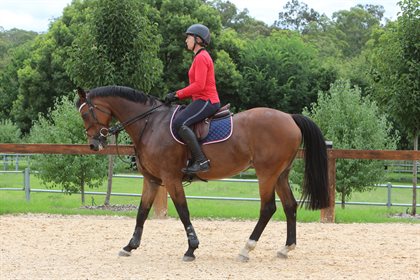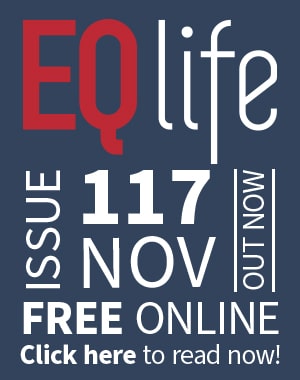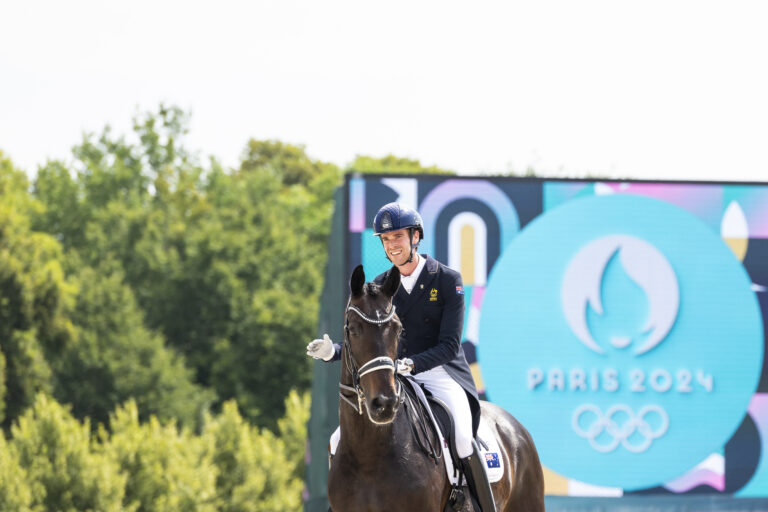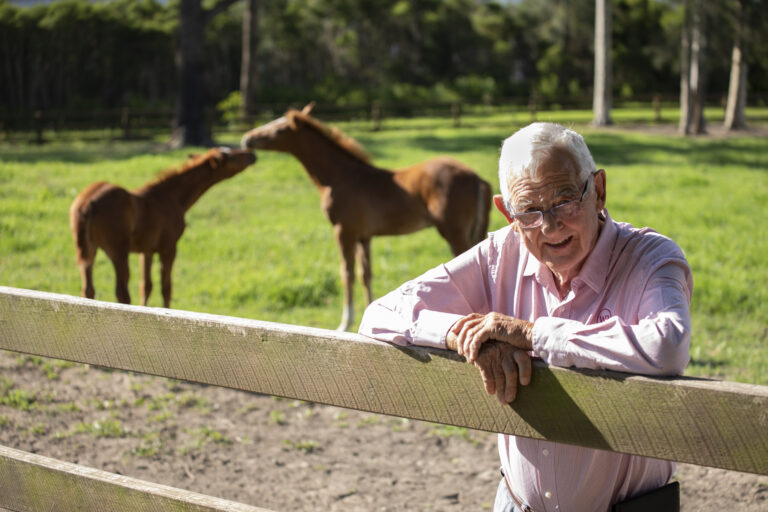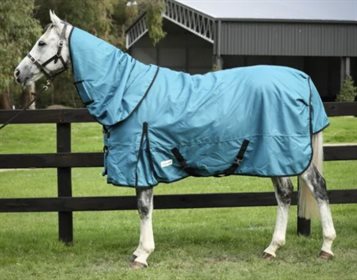This article first appeared in the February 2022 digital edition of Equestrian Life. To see what’s in the current issue, click here.
A slightly lower and deeper neck makes for easier steps in reverse, with bigger ground cover and the horse rocking its body back over the hind legs.
© Roger Fitzhardinge
Training the rein-back
By Roger Fitzhardinge
Rein-back is a movement that is in dressage tests from Young Horse classes, Elementary classes and all the way to FEI and Grand Prix. It is a movement that is not often talked about despite being an extremely good exercise for so many things.
Rein-back is often trained as early as when a horse is being broken in to saddle. It is an extension of the halt. The FEI definition of it is as follows:
ARTICLE 406 REIN-BACK:
1. Rein-back is a rearward diagonal movement with a two (2)-beat rhythm but without a moment of suspension. Each diagonal pair of legs is raised and returned to the ground alternatively, with the forelegs aligned on the same track as the hindlegs.
2. During the entire exercise, the Horse should remain “on the bit”, maintaining its desire to move forward.
3. Anticipation or precipitation of the movement, resistance to or evasion of the contact, deviation of the hindquarters from the straight line, spreading or inactive hind legs and dragging forefeet are serious faults.
It is a movement that can create great problems and is a movement that can be fraught with resistance and dire consequences if forced or asked for at the wrong time. Often horse breakers will introduce it as early as when mouthing and when still in long reins…
Read the full article in our February 2022 magazine here.

